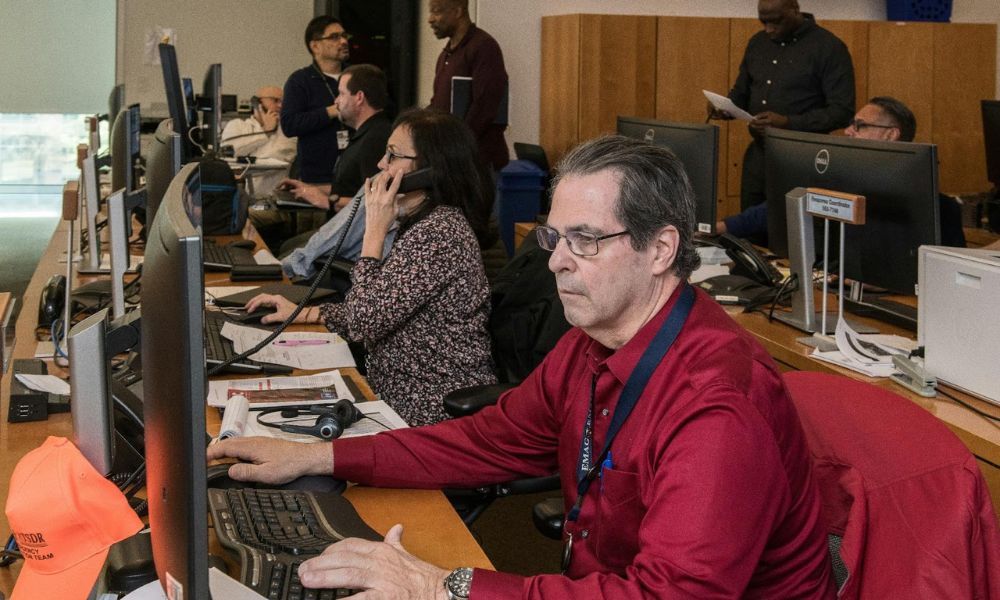Responding to Requests for Proposals (RFPs) can be a meticulous and resource-intensive task for organizations. The process demands careful attention to detail, extensive collaboration, and strategic planning to ensure a competitive submission. However, several common challenges can hinder the success of the RFP response process, from aligning team resources to meeting tight deadlines. Identifying these obstacles and implementing solutions is crucial to not only winning bids but also streamlining the overall process. Below, we delve into the complications businesses commonly encounter with RFPs and provide actionable advice to tackle them effectively.
Understanding the RFP Landscape: Common Hurdles Organizations Face

The first step in addressing RFP challenges is recognizing the typical barriers within the landscape. Tight deadlines can create a pressure cooker environment with a high risk of error. Organizations often need help assembling the right team to draft responses, leading to inconsistencies in the final submission. Making matters more complex, RFPs frequently require specific industry knowledge or insight into niche subjects, which might only sometimes be readily available internally.
Moreover, each RFP comes with unique expectations and requirements, demanding tailored responses that demonstrate an understanding of the issuer’s needs. The diversity of these requirements often requires teams to gather vast amounts of information, which can be a time-consuming and disorganized process if not managed properly. Furthermore, the sheer volume of RFPs an organization may choose to respond to can overwhelm processes that need to be optimized for such rigorous demands.
Budget constraints also pose a dilemma. Preparing a comprehensive bid demands resources, and the cost of responding can sometimes outweigh the potential benefits of winning the contract. This cost-benefit analysis makes selectivity and strategic pursuit critical to the RFP response process. Additionally, regulatory compliance may introduce additional complexity to the proposal for specific industries, requiring legal insights and meticulous documentation.
Streamlining Your RFP Response Process With Effective Project Management Techniques
Implementing solid project management techniques into your RFP response process can significantly mitigate most of these challenges. A robust project management framework involves setting clear objectives, establishing roles and responsibilities, and outlining detailed timelines. Practical tools such as Gantt charts or Kanban boards can help visualize and monitor progress, keeping everyone on track and accountable.
Risk management is an integral part of project management that’s often overlooked in RFP responses. By anticipating potential setbacks, such as schedule delays or data inaccuracies, teams can create contingency plans to minimize impacts. This proactive approach saves valuable time and reduces stress when unexpected issues arise. Keeping communication channels open and frequent among team members aids in addressing problems promptly when they occur.
Quality control mechanisms are essential during the RFP response process. Incorporating checkpoints and reviews throughout allows for iterative improvements and the assurance of high standards. Encouraging team members to integrate peer reviews or utilizing a red team review approach toward the end of the drafting process can further enhance the proposal’s quality before submission.
Utilizing Technology: Leveraging Software Tools To Enhance RFP Responses

In addition to project management software, there are a plethora of specialized tools designed to streamline the RFP response process. These can range from collaboration platforms facilitating real-time editing and feedback to database solutions storing reusable content for quick insertion into new proposals. By automating mundane tasks related to document generation and management, teams can focus their energies on substance and strategy.
Artificial intelligence has also entered the RFP domain, offering unprecedented capabilities. AI-powered tools can analyze RFPs for common themes and questions, suggesting responses based on historical data that can save considerable time and improve accuracy. Moreover, these systems can provide valuable insights into the language and tone most likely to resonate with the RFP issuer, giving responders a competitive edge.
Another advantage technology can provide is centralized documentation and easy access to relevant data. Having a single source of truth prevents inconsistencies in the information presented and enables a faster turnaround. Compiling an RFP response becomes significantly more streamlined when everyone knows where to find the latest figures, statements of work, or compliance certificates.
Overcoming common challenges in the RFP response process requires a strategic combination of understanding the landscape, employing effective project management, leveraging technology, fostering teamwork, and embracing continuous improvement. By addressing these aspects, organizations can enhance their approach to RFPs and improve their chances of successfully securing contracts.

